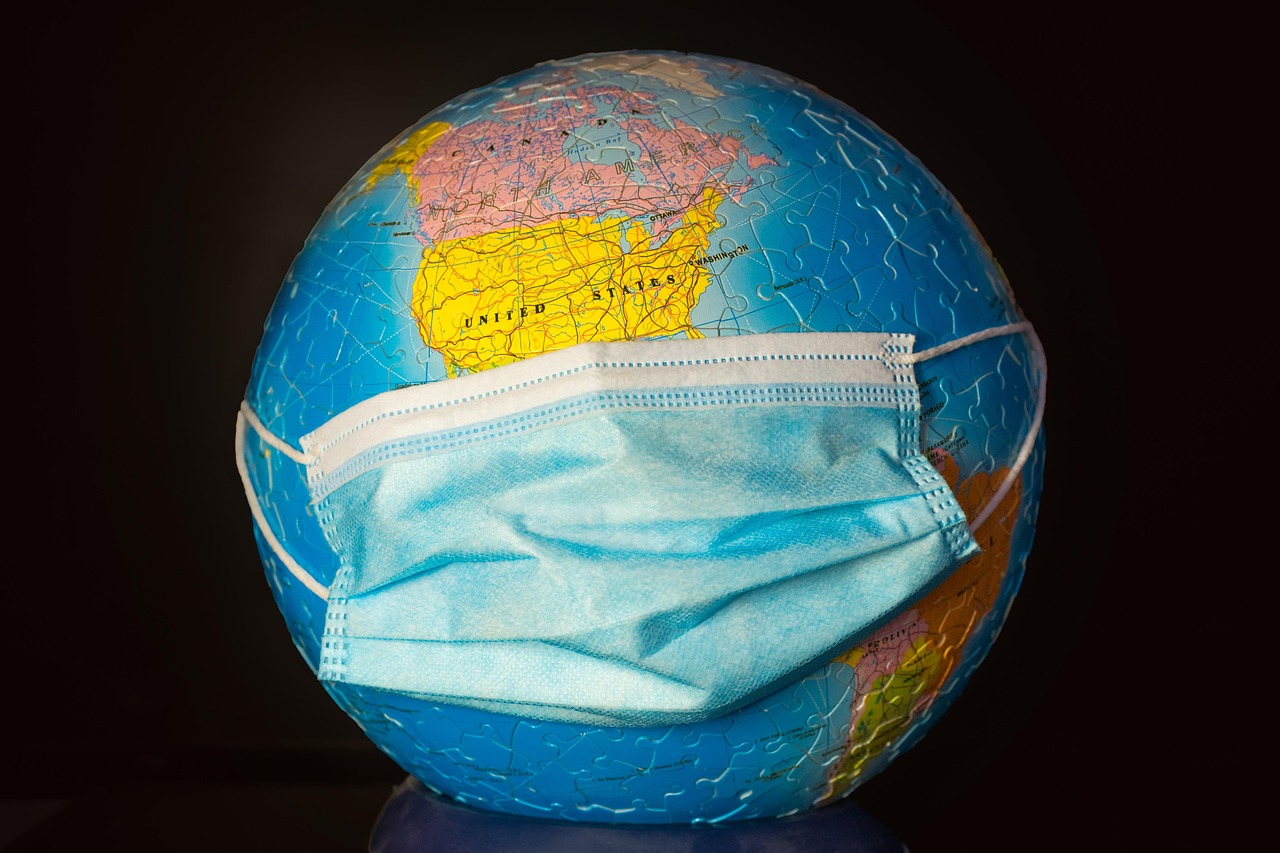
Masks: A sign of solidarity
It’s hard to imagine everyday life without them – whether shopping or at school, masks are always with us, because we want to protect ourselves and our loved ones. And in order to maintain its protective ability, a mask must either be washed or changed, depending on what type it is. This immediately raises the question: What is the most sustainable way to stay safe from the virus during this time?
One way to find out is the so-called LCA (Life Cycle Assessment). As the name suggests, this method deals with determining the whole “life” and thus the true sustainability of a product. What are the components in a product? Where do the raw materials come from? How, where and under what conditions are they produced? How long are the transport routes? How often is the product used, and how is it disposed of? Quite a lot of questions, but they give us a much better understanding of everything that has to happen before we hold a finished product in our hands and what impact this product has on our environment.
So let’s try our hand at this: which is more sustainable? A fabric mask with a print on it or an FFP2 mask? Watch out – it’s not as obvious as it seems at first.
To start, get both masks if possible. Take a look at them first: What are they made of? Write down your findings and start your research.
Here are a few criteria that might help you in your research:
- Greenhouse gas emissions
- Water consumption
- Land consumption (e.g. through cultivation of raw materials)
This Worksheet is part of the Quartely Problem Series. For more quartely problems and other classroom materials, click here.
Picture Sources: Lukáš Jančička on Pixabay
CC-BY-NC-SA 4.0 licence granted
Content-related competences
